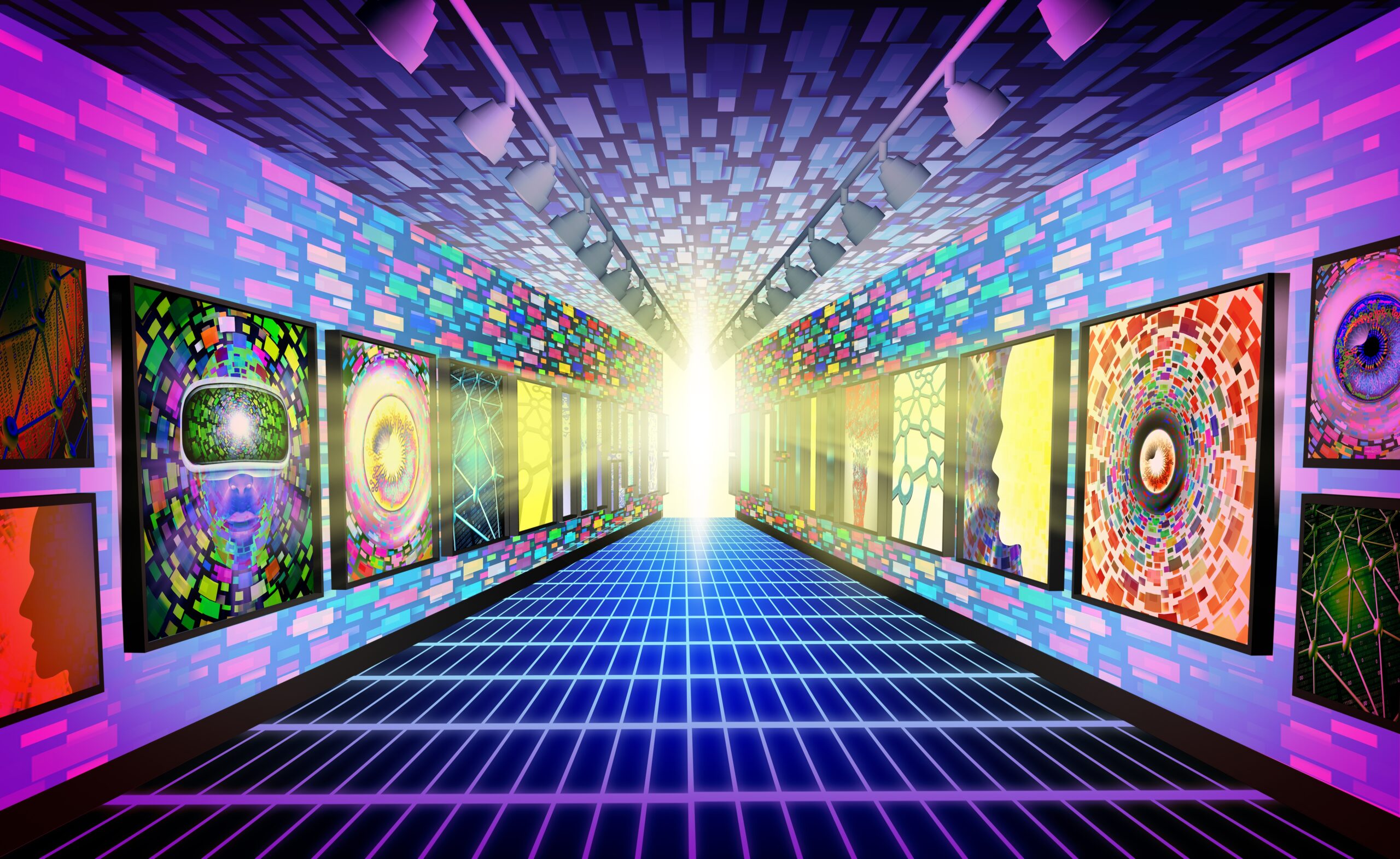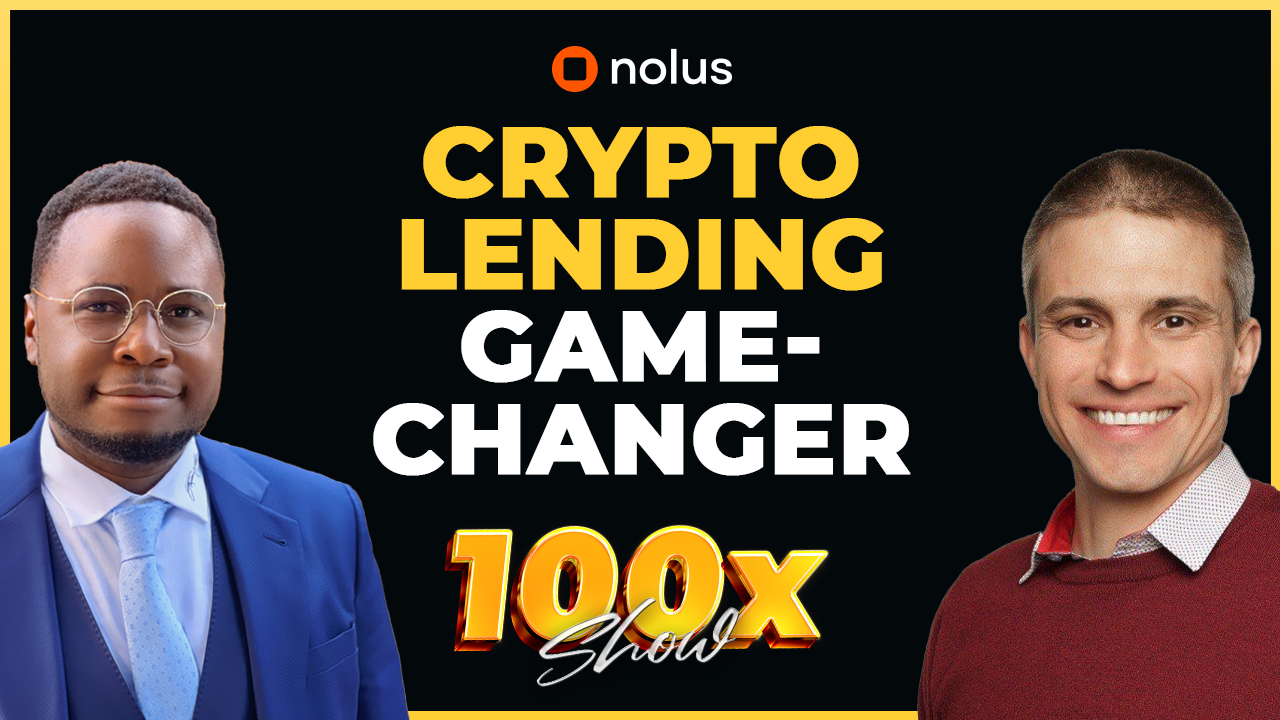CryptoPunks, Bored Ape Yacht Club, VeeFriends; the list goes on. You may recognize some of these names—or they may just sound like a random group of meaningless syllables. Either way, they are far from meaningless. In fact, these are some of the most valuable NFT projects that have burst on to the scene over the past couple years.
You may be thinking to yourself now, “What the hell is a ‘CryptoPunk’ or a ‘Bored Ape’? Or better yet, what the heck is an NFT? And why should I care at all?”
The realm of crypto art and NFTs may look like this nebulous, convoluted community that consists of a strange blend of A-list celebrities, social media influencers, and savvy internet dwellers. But, it is really not as confusing and mystical as it seems.
So, let’s start from square one.
What Is An NFT?
Practically all of the crypto art that has been introduced to the market has been done so by minting NFTs. NFTs (non-fungible tokens) are digital assets with verified proof of ownership.
Whereas “fungible tokens” —like USD—can be easily traded (think 4 quarters for 1 dollar and vice versa); each NFT is unique and therefore cannot be easily traded.
Imagine a sketch of “Starry Night” by Vincent Van Gogh. It has been authenticated by a fine art appraiser as an original from Van Gogh, solidifying its rarity and unique character. This sketch would be non-fungible as you could not effortlessly exchange it for, say, an original sketch by Leonardo Da Vinci.
This concept is easy enough to understand with tangible items like art pieces or even collectible cards, but when digital assets can range from a celebrity tweet to an iconic meme to a picture of a pimped out animated ape…
How Can We Ensure Unique Authenticity?
This is where NFTs enter the scene. Say you are a graphic design artist who just finished your newest 1-of-1 piece of work and you want to sell it as an NFT. Whoever purchases this piece would not only receive the artwork but they would also receive a “digital receipt” that proves that this exact piece is original, unique and authentic.
“But what if I just screenshot this digital artwork? Wouldn’t I technically own the piece as well?”
This is the first question that many have mockingly asked on social media and internet forums. The easy answer: yes, you can screenshot practically all digital artwork, but no, that does not mean you own it.
For example, millions of people swarm into the Louvre every year, waiting patiently amidst a giddy crowd, just to capture a picture of the priceless Mona Lisa. Obviously, a picture of the Mona Lisa saved on your iPhone camera roll does not mean that you own that painting.
NFTs work the same way.
Just as the Louvre paid millions of dollars to own, maintain, and display the Mona Lisa in their museum, NFT buyers do the same. However, the main difference is that instead of paying dollars to house the art in a fancy museum, they are paying with cryptocurrency and housing their art in a virtual showcase, so to speak.
This is the basis for how NFTs, cryptocurrency, and blockchain technology are establishing a new and lucrative market for digital art and artists.
The Art of Being Digital
In a 2021 interview, Gary Vanyerchuk (founder of Vayner Media and creator of VeeFriends) made the following statement regarding NFTs. The interviewer remarks on the tangibility of NFTs stating, “the digital aspect like, you can’t see it” —Gary jumps in:
“Well, you can’t see a blue check on Instagram, I don’t walk around the world with a blue check tattooed on my forehead, but everybody sees it. You can’t see my 9 million followers on Instagram, or can you? I would argue the reverse. I would argue that people can’t see most of the fancy things you have in your house; that people can see more digital than real life.”
And, he’s onto something and I’d like to call that something “The Art of Being Digital”. In our highly digitized world, our online outreach and interconnectivity is wildly amplified. Gary Vee currently has 9.9 million followers on Instagram—but without access to the internet—he has no way of interacting with that community and no way of tapping into the true power of those 9.9 million people.
This is “The Art of Being Digital” — we possess a plethora of online platforms that offer frictionless access to a vast network of people across the entire globe at any time we please.
Why Do NFTs Have Value?
Thus far, we have established what an NFT is and the important benefits of being digital. But, where do NFTs derive their value? The concept of this question pre-dates the market of NFTs and has been pondered for generations: who determines the value of art?
This is what Micheal Findley of ArtNet News had to say on the topic:
Like currency, the commercial value of art is based on collective intentionality. There is no intrinsic, objective value (no more than that of a hundred-dollar bill). Human stipulation and declaration create and sustain the commercial value.
With most art serves no function, it isn’t necessary for any utility, and plays no role in our essential, day-to-day activities—why is it so valuable? Let’s apply this concept to a modern anecdote that captures this same “human stipulation and declaration” as mentioned above.
Just the other day, I received a notification on my phone from Apple’s News app. The headline read: “Tom Brady bought a digital picture of a cartoon ape for $430k”. Now, if I showed this to my 78 year old grandfather he would probably spontaneously combust.
On the surface, it’s baffling. How is a cartoon ape with $430k? Why does Tom Brady want one? But, if the headline read, “Jay-Z purchases Basquiat’s “Mecca” for 4.5 million” (which actually happened in 2013)—people would hardly bat an eye.
However, once you dig beneath the surface you begin to discover that the digital art of NFTs offer more than just a digital file and a jarring headline.
Let’s unpack the Tom Brady purchase to better understand the worth, the process, and the benefits of entering the NFT space.
Join The Club
Tom Brady is one of the most recent A-list celebrities who have purchased a “Bored Ape”. Post Malone, Steph Curry, and Jimmy Fallon are among a few of the other names who also have decided to buy a Bored Ape. But, why are celebrities flocking to the NFT market so readily?
10,000 unique Bored Apes were introduced by Bored Ape Yacht Club (BAYC) in April 2021 and were initially introduced to the market at the price of 0.08 Ethereum (ETH) or about $190 USD at the time. Obviously, the price of Bored Apes has increased significantly over the past year yielding substantial net gains for those early investors in the project.
But aside from making an advantageous investment, there is another benefit to purchasing a Bored Ape NFT. Once you convert your USD into ETH and successfully purchase a Bored Ape, you naturally obtain the NFT but you additionally then gain access to the entire BAYC community.
Think about the unique digital image as a unique membership card that grants you access into their club. Once inside this exclusive club, you join their Discord—rubbing shoulders with the likes of the aforementioned celebrities—and collaborating with additional members who are equally enthusiastic about the NFT world.
Also, once you are a part of the club, BAYC additionally grants you access to future NFT drops of theirs—allowing current members priority status to obtain new NFTs and expand their NFT collection.
These are some of the main perks and benefits that are awarded to those who decide to make the investment to join the club. However, there is also a highly lucrative aspect of creating an NFT project and actually minting them yourself.
Blockchain, Smart Contracts & Secondary Sales
It is easy to dismiss something you don’t understand. It is even easier when that something is a cartoon ape that’s worth hundreds of thousands of dollars in cryptocurrency. But, it is beneficial to recall that NFTs and cryptocurrency are established upon the biggest breakthrough technology since the internet.
Blockchain
Blockchain is defined by IBM as “a shared, immutable ledger that facilitates the process of recording transactions and tracking assets in a business network.” Let’s apply the utility of the blockchain to the NFTs.
First, blockchain technology is utilized to record the conversion of their USD into any cryptocurrency. For our purposes, we will be using ETH as it is one of the primary crypto currencies used in the NFT world.
So, you trade your USD for ETH and the transaction is immortalized on the blockchain as public information that is easily accessible to anyone who wants to view it. This process occurs a second time, say, when Tom Brady made his purchase of a Bored Ape.
The beauty of blockchain is its ability to solve the Byzantine General Problem.
Imagine you are one of 7 generals who have encircled an enemy city. Each general is in command of their own army; there is no central command. The success of this city raid is dependent on a unanimous consensus amongst all 7 generals. So, do you attack or retreat?
Without knowing the battle plans of all 6 other generals, and not knowing if the plans you received are accurate and true, a clearly coordinated decision seems impossible.
With blockchain, the 7 generals would have distributed, up-to-date, and accurate access to each other’s battle plans; resulting in shared accountability in their decision to attack or retreat.
This is why blockchain technology is extremely advantageous for NFTs, cryptocurrency, and really any business network that operates on a digital basis—so every business network.
Smart Contracts
Smart contracts are programs stored on the blockchain. Let’s refer back to IBM for a definition:
They typically are used to automate the execution of an agreement so that all participants can be immediately certain of the outcome, without any intermediary’s involvement or time loss. They can also automate a workflow, triggering the next action when conditions are met.
Like blockchain, smart contract technology could entirely revamp the efficiency of most business models. However, in the realm of NFTs smart contracts provide unparalleled value.
Smart contracts allow NFT creators to stipulate their resale conditions. For example, when creating a new collection you can draft smart contracts that allow the creator to earn 10% commission on any subsequent resales.
Let’s return to Tom Brady’s Bored Ape. Say the value rises in 3 months from $430k to $530k; yielding a $100k profit. If the smart contract that is aligned with this NFT included a condition in which 10% of all resale profit would be afforded to the Bored Ape Yacht Club, they would receive $10k.
And the best part; it happens automatically without any NFT bounty hunters scouring the internet to collect this percentage.
The Future Of Art
Last month, Grammy-winning recording artist Tyler, the Creator was asked about NFTs during an interview and here is what he had to say:
“None of the examples I’ve seen is, like, beautiful art,” Tyler said. “It’s a fucking monkey in a Supreme hoodie. You can’t NFT me looking at you in real life.”
And he is certainly on to something with these comments. First, art is at its core subjective. You can walk through the Louvre and see century-old masterpieces that draw you in and captivate your inner bohemian. There is something fascinating about standing in front of a Rembrant or Picasso or Van Gogh and transporting back to the time when the artist was meticulously adding those layers of detail.
The majority of the NFTs we see today are AI-generated. Of course, there is a human dimension to the graphic designs that we see but these digital artists aren’t sitting down to create 10,000 apes or hippos or lions. More likely than not, NFT creators compile brief lists of different features such as background color or hair type or head accessory which is then run through a generator that yields the desired number of NFTs.
This is Tyler’s argument. The art work we see in most NFT projects is dehumanized to a degree and also on the opposite end of the classical “art” spectrum.
Second, as we have already discussed is the basic idea of tangibility versus intangibility. Many are jarred by the concept of a digital universe that houses crypto art pieces; which initially is understandable but as we have proven offers massive upside in a plethora of ways. This is not to disparage the work of digital artists as there are countless who create classically beautiful pieces as well as the innumerable graphics we see on the internet daily
Third, and most importantly, Tyler says “You can’t NFT me looking at you in real life”; which is true. However, it is very possible for a renowned photographer to snap a head shot of Tyler—and many other celebrities—looking directly into the lens and minting that collection as NFTs.
This is where I believe NFTs hold the most power. Currently, the common notion is that NFTs are silly little digital artworks that hold unreasonable value. This is short-sighted. Remember Bored Ape Yacht Club. It is literally a club. Think about all the “clubs” we belong to: gym memberships, country clubs, season ticket holders, platinum concert tickets, avid movie goers.
All of these “clubs”, and they corresponding tickets and passes, can benefit from the blockchain, smart contracts, and NFTs. Imagine purchasing a backstage pass to a Rolling Stones concert or attending the NBA Finals courtside. Instead of framing this ticket and hanging it in your man cave, you could proudly display where you’ve been and what you’ve done in the burgeoning digital world that will in theory, last forever.
It is not just the art world that NFT’s are reshaping, but the world itself.





